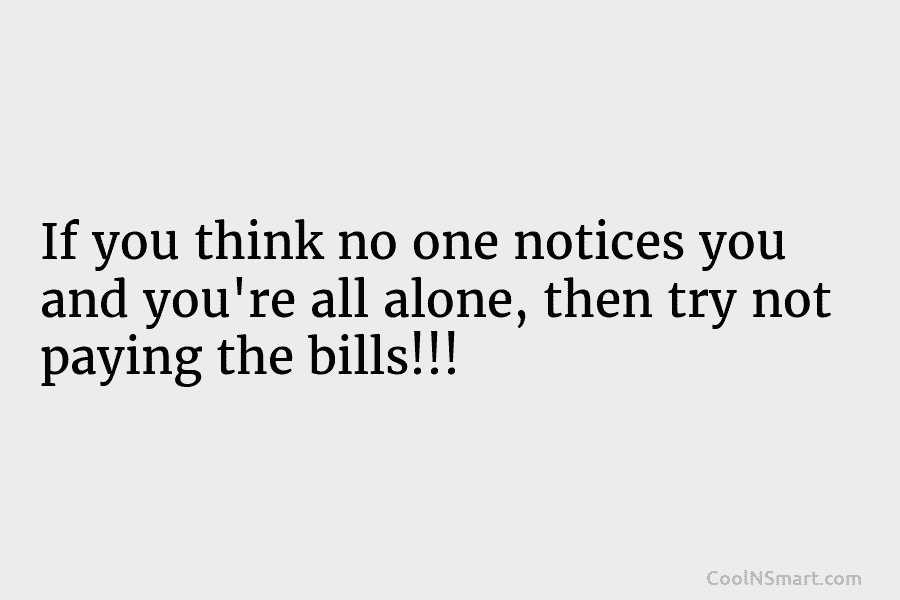
It’s making one of the disks look like it’s getting darker, when really it’s not. However, the Tse illusion demonstrates that attention doesn’t always help us gain more knowledge, but that sometimes it can distort our perception of the world. You’re more likely to solve a maths problem correctly if you pay a lot of attention to what you’re doing. Of course, no one would deny that paying attention to something often helps us to gain knowledge. Paying attention to an object can make it appear more vivid than objects that we don’t pay attention to He argued that ‘So long as we attend to a truth which we perceive very clearly, we cannot doubt it.’ Descartes’s thought is a pretty strong version of the same idea that’s part of common sense – that paying attention to something is a good means of gaining knowledge about it. The 17th-century French philosopher René Descartes is renowned for his search for knowledge beyond all doubt, and attention plays an important role in this search. It also has a long history in epistemology (the philosophical study of knowledge). On this common-sense idea, attention is a path to knowledge.īut the idea that attention is a path to knowledge isn’t just part of common sense. If you want to know more about something, you should pay attention to it and, when your attention slips, you’ll make mistakes. We usually think that paying attention to something is a good way of getting knowledge about it. But, really, it challenges some of our most deeply held assumptions about the role of attention in our mental lives. The Tse illusion might initially appear to be just an interesting novelty. Attention seems to be one factor influencing this interpretation, but unfortunately it’s still not clear why this would cause a change in the brightness of one circle. The visual system then tries to work out which disk is lying ‘on top’ of the others.
WHEN YOU STOP PAYING ATTENTION ATTENTION PAYS YOU SERIES
This causes the visual system to interpret the circles as a series of semi-transparent disks. Why does this happen? It seems to be connected to the fact that the circles partially overlap one another, against a light background (if the circles are placed on a black background, the illusion doesn’t happen). My attention is merely making it look as though they are. It was as though my attention was reaching out into the world and changing the brightness of objects out there. I vividly remember first seeing this illusion at a conference about attention. This might take a bit of practice (we’re not generally used to paying attention to something that we’re not focusing our eyes on), but you’ll find that the circle you pay attention to gets darker than the others. Keeping your eyes focused there, allow your attention to roam over the large circles that surround that dot. My favourite visual illusion is the Tse illusion below, named after the American neuroscientist Peter Ulric Tse.įocus your eyes on the white dot in the middle of this image. They force us to think: what must the brain be like, in order to get that particular thing wrong? What processing is going on, which results in that error, rather than any other? These mistakes provide us with tantalising glimpses into the secret workings of the visual system. Visual illusions are cases where the visual system has made a mistake, and as a result we see the world not as it really is. Illusions represent a valuable way to do this. One challenge for psychologists, philosophers and neuroscientists is to find ways of unpicking how this unconscious processing works. Almost all of the work goes on entirely unconsciously, inaccessible to our own conscious minds. Of course, we’re not privy to all of this processing. The impression I get of the outside world (the grass, the café, the hospital) is a very distant descendent of the information that first entered my eyes. My eyes register information about light, and that information is processed in several different systems located throughout my brain, before showing up in my visual consciousness. In reality, the conscious view I have of the world is the end result of an immense level of computation. This is all so effortless, that it’s easy to think of seeing as a straightforward process.

This all happens with ease: I just open my eyes and there it all is, apparently instantaneously. My visual consciousness represents a rich collection of objects, shapes, and colours.


In the distance, I see a large hospital blurring into the horizon. When I open my eyes, I see a long stretch of grass, terminating in an unoccupied café, with chairs and tables stacked neatly by the door.


 0 kommentar(er)
0 kommentar(er)
